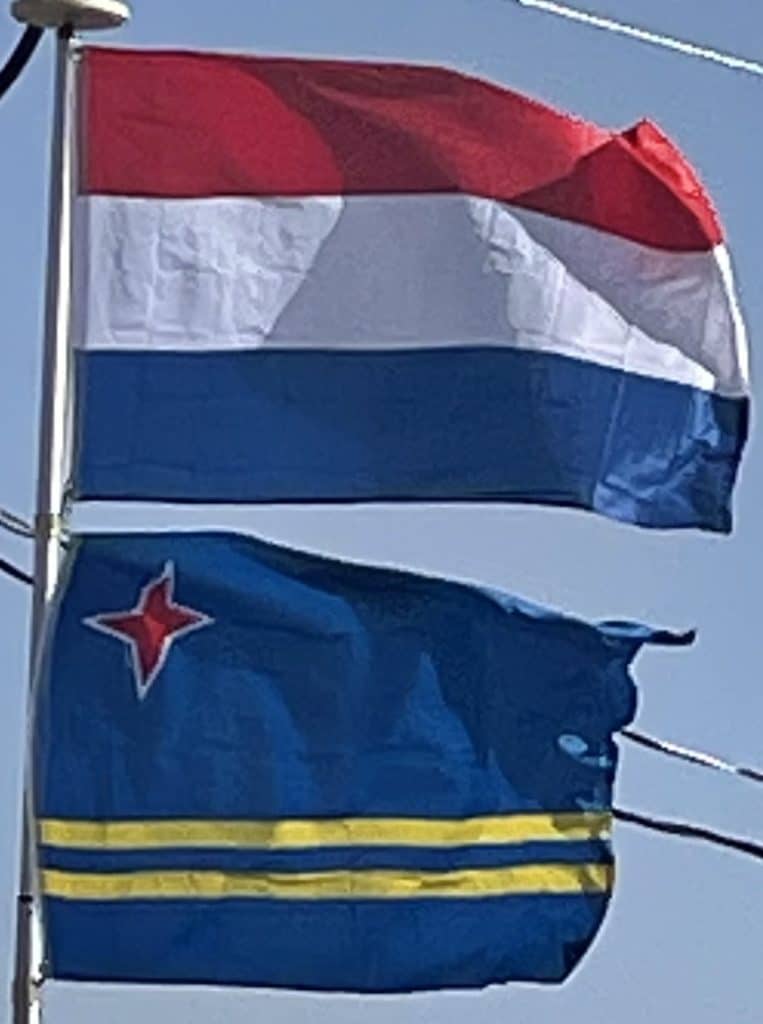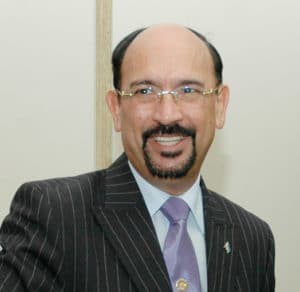
At a convention in The Hague in 1990, at the request of Aruba’s Prime Minister Nelson Oduber, the governments of Aruba, the Netherlands, and the Netherlands Antilles postponed indefinitely Aruba’s transition to full independence. The article scheduling Aruba’s complete independence was rescinded in 1995, although the process could be revived after another referendum.
Geography:
Aruba is a generally flat, river-less island in the Leeward Antilles island arc of the Lesser Antilles in the southern part of the Caribbean.
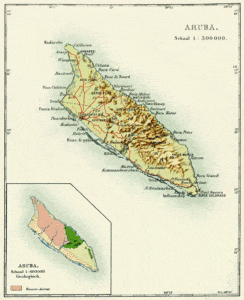
It lies 77 km (48 mi) west of Curaçao and 29 km (18 mi) north of Venezuela’s Paraguaná Peninsula. Aruba has white sandy beaches on the western and southern coasts of the island, relatively sheltered from fierce ocean currents. This is where the bulk of the population live and where most tourist development has occurred. The northern and eastern coasts, lacking this protection, are considerably more battered by the sea and have been left largely untouched.
The hinterland of the island features some rolling hills, such as Hooiberg at 165 meters (541 ft) and Mount Jamanota, the highest on the island at 188 meters (617 ft) above sea level.
Economy:
The island’s economy is dominated by four main industries: tourism, aloe export, petroleum refining, and offshore banking. Aruba has one of the highest standards of living in the Caribbean region. Its main trading partners are Colombia, the United States, Venezuela, and the Netherlands.
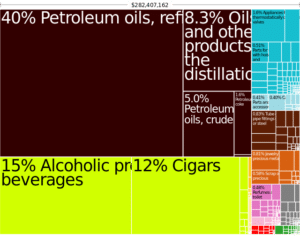
The agriculture and manufacturing sectors are fairly minimal. Gold mining was important in the 19th century. Aloe was introduced to Aruba in 1840 but did not become a big export until 1890. Cornelius Eman founded Aruba Aloe Balm, and over time the industry became very important to the economy. At one point, two-thirds of the island was covered in Aloe Vera fields, and Aruba became the largest exporter of aloe in the world. The industry continues today, though on a smaller scale.
Until the mid-1980s, Aruba’s main industry was oil refining. Then the refinery was shut down and the island’s economy shifted towards tourism. The refinery has been closed and restarted repeatedly during the last decades. In recent years a letter of intent was signed with CITGO (the US subsidiary of the Venezuelan state oil company PDVSA) to explore the possibility of reopening the refinery again.
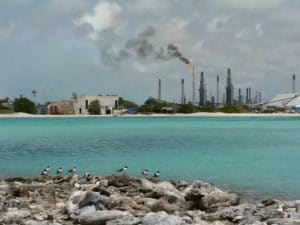
Until 2009, the Netherlands granted development aid to Aruba. This aid was mainly for law enforcement, education, administrative development, health care and sustainable economic development. This aid was discontinued at Aruba’s request in 2009. Since 2015, however, a form of financial supervision has been reintroduced because Aruba’s debt has risen sharply to over 80% of GDP.
Aruba also has three free trade zones, where import and export and the movement of services are tax-free.
About 3⁄4 of the Aruban gross national product is earned through tourism and related activities.
Aruba has a large and well-developed tourism industry, receiving 1,082,000 tourists who stayed overnight in its territory in 2018. The largest number of tourists come from North America (mainly the United States), with a market share of 73.3%, in addition to 15.2% from Latin America (mainly Venezuela) and 8.3% from Europe.
